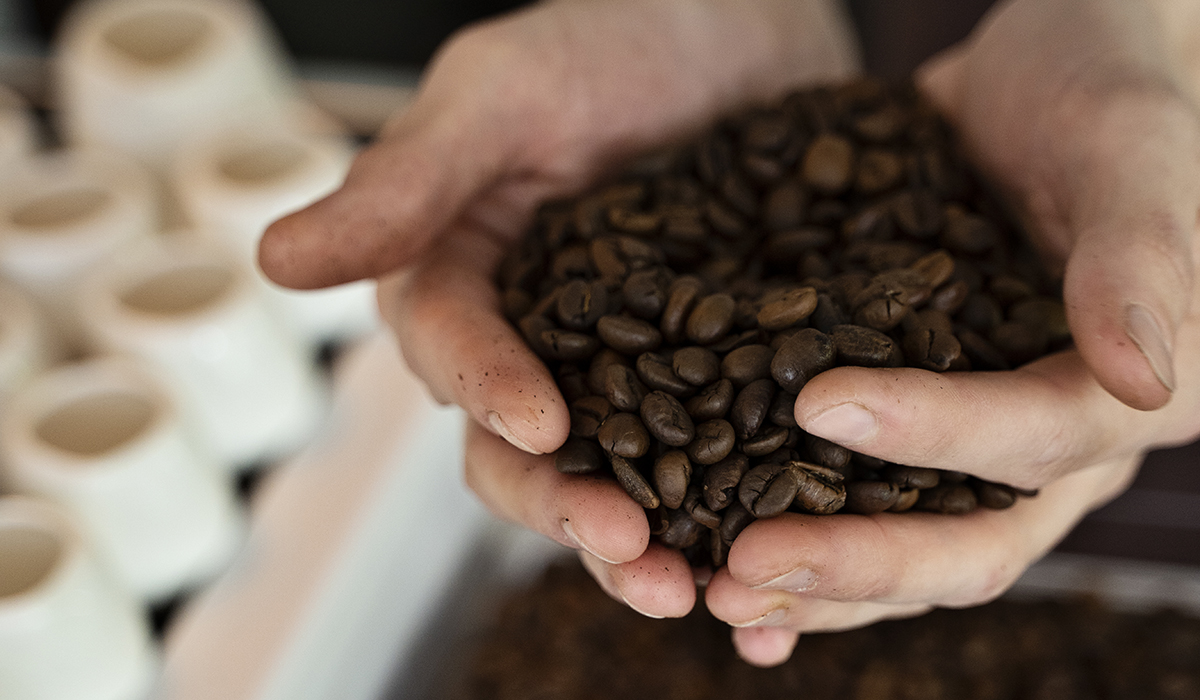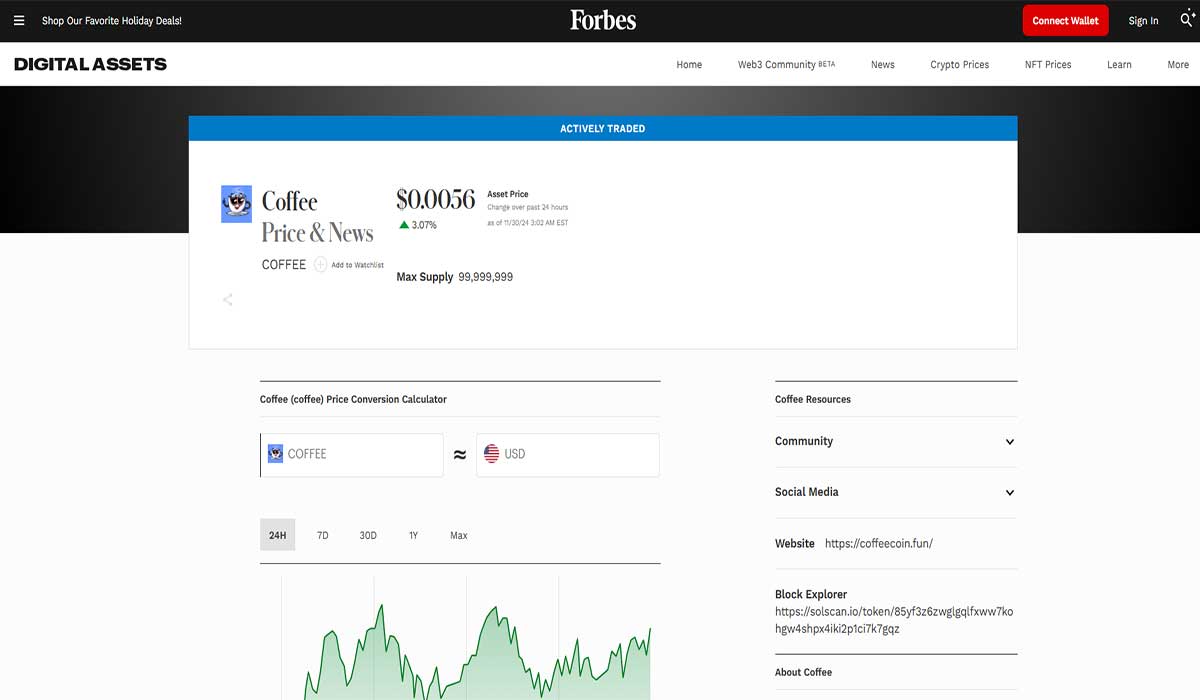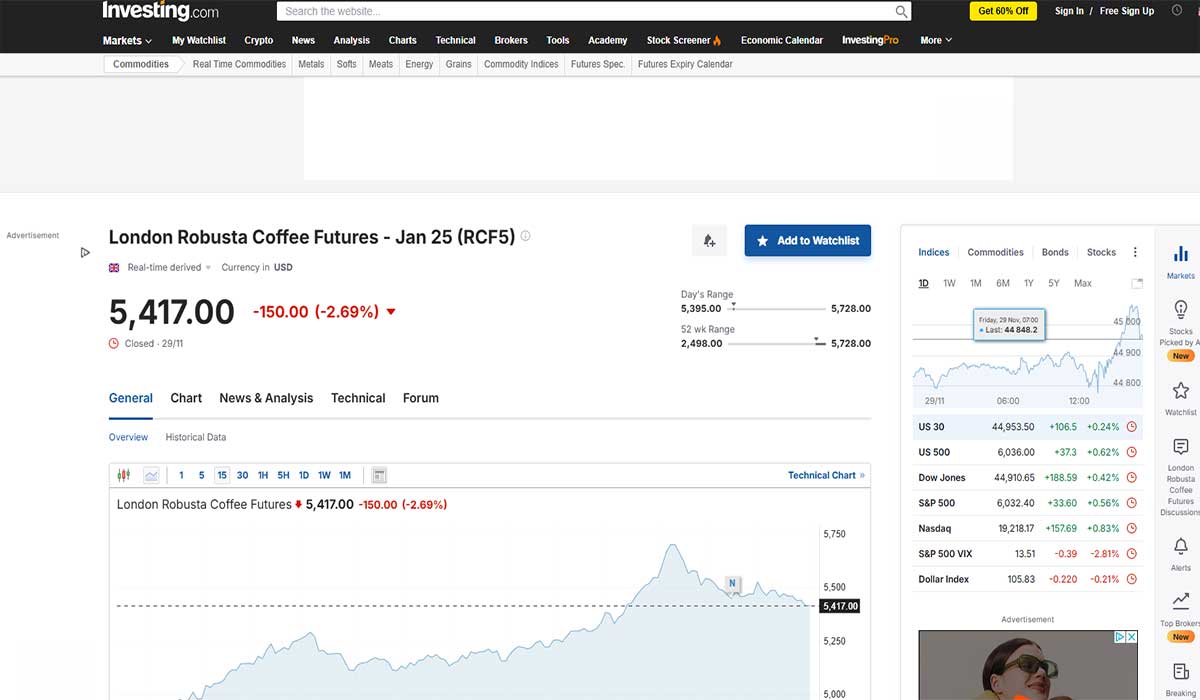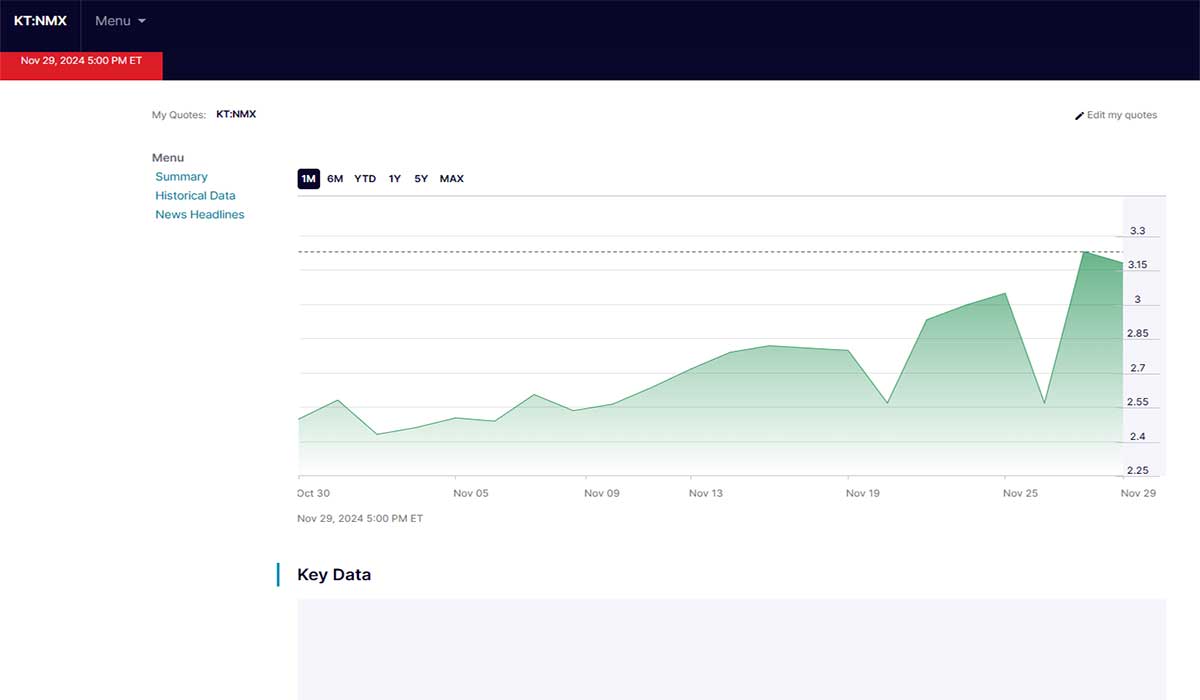Introduction to the Top Coffee Pricing Reference Websites Worldwide

Coffee is now one of the most popular beverages worldwide and the coffee industry has evolved into one of the most significant global trade sectors. Due to the high volatility in global coffee prices, having access to accurate and up-to-date information on coffee pricing is essential for all stakeholders in the industry.
In this article, we will introduce the top coffee pricing reference websites to help you make more informed decisions in your coffee trade journey. Companies such as Parto Padideh, which are active in coffee import and export, consistently rely on these coffee pricing reference websites to monitor market movements and analyze pricing trends. As a Coffee company for international exhibitions, Parto Padideh also uses these resources to stay competitive in international markets.
In the volatile world of global markets, access to accurate resources for global coffee pricing is vital—both for international traders and coffee enthusiasts seeking a better understanding of price fluctuations.
Why Global Coffee Pricing Matters?
International coffee prices are influenced by a complex set of factors, including:
- Climate fluctuations in coffee-producing countries (Brazil, Colombia, Ethiopia, etc.)
- Currency exchange rate volatility (especially the U.S. dollar)
- Global demand levels
- Trade policies and import/export tariffs
Accurate and updated knowledge of global coffee pricing is crucial for activities such as bulk purchase agreements, pre-sales, branding, and pricing strategies in specialty coffee retail.
Coffee Price Forecast for 2025
With the rising consumption of specialty coffee and global inflation, analysts expect significant price fluctuations in 2025. Factors such as reduced output in Brazil or intensified political crises in exporting countries could drive prices up. Hence, using precise and up-to-date coffee pricing reference sites to track these trends is essential.
Why Coffee Pricing Reference Websites Are Crucial for Coffee Business?
Access to real-time, reliable data on global coffee prices plays a key role in successful coffee trading. This information enables traders and companies to make informed decisions on buying and selling and to capitalize on market volatility.
Accurate pricing data also strengthens negotiation positions with suppliers and customers.
Thus, coffee pricing reference sites, by providing precise data and expert analysis, play an essential role in daily decision-making and long-term planning in the coffee industry.
Top Coffee Pricing Reference Websites
International Coffee Organization (ICO)
The International Coffee Organization (ICO) is an intergovernmental body established in 1963 to foster international coffee cooperation. By bringing together producing and consuming countries, the ICO plays a central role in sustainable coffee sector development.
Its website is one of the most important coffee pricing reference websites, offering daily prices, market reports, export volumes, and more. Data includes group prices for Arabica, Robusta, Colombian Milds, and Brazilian Naturals.
Additionally, the ICO publishes regular analytical reports on market conditions, production forecasts, consumption trends, and other key indicators. These reports help stakeholders gain comprehensive insight into coffee market trends.
Website: ico.org
Forbes
Forbes is a renowned business and investment magazine and also one of the notable coffee pricing reference websites. It has a dedicated section for coffee prices and news, including real-time price charts, in-depth analysis, and futures trading data.
Forbes stands out for its macroeconomic insights into coffee pricing. Analysts explore the impact of factors like currency rates, monetary policy, climate conditions, and consumer demand on coffee prices.
Through expert interviews and specialized articles, Forbes offers valuable foresight into future trends and market opportunities—making it a premium resource among coffee pricing reference websites.
Website: forbes.com
London Stock Exchange (LSE)
The London Stock Exchange (LSE) is one of the oldest and most respected stock exchanges globally, also hosting Robusta coffee futures.
Its official website is among the reliable coffee pricing reference websites, offering real-time data, historical charts, and insights on coffee futures.
Key features include customizable dashboards to track prices, trading volumes, and coffee price trend visualizations. These tools allow traders to monitor the market and make informed decisions.
In addition to raw data, LSE provides regular reports analyzing key market events and supply-demand dynamics.
Website: investing.com
New York Stock Exchange (NYSE)
The NYSE is the largest and most influential market for Arabica and Robusta futures, home to the globally recognized “Coffee C” contract. It serves as a pricing benchmark and risk management tool for producers, retailers, and coffee traders.
The NYSE website, a leading coffee pricing reference site, delivers up-to-date data on prices, trading volumes, open positions, and other key indicators.
It also includes a rich array of market reports and educational resources. Daily and weekly market analyses offer deep insights into price drivers and general market sentiment. Webinars and articles help traders deepen their understanding of market mechanisms.
Website: nasdaq.com
Key Factors Affecting Coffee Prices
Coffee pricing is influenced by a broad spectrum of elements, including:
Weather and Natural Events
Climate events such as droughts, frost, and volcanic eruptions can drastically affect coffee supply, triggering price spikes. For instance, volcanic activity in Guatemala once destroyed an entire coffee crop, only for the next year’s “Volcano Coffee” to fetch a premium due to its unique flavor profile.
Consumer Demand
As global demand for coffee increases—particularly in emerging markets—prices tend to rise. More consumption pressures supply and leads to upward pricing trends.
Production Costs
Changes in input costs such as wages, fertilizers, transport, and energy significantly impact final coffee prices. Increased production costs are often passed on to consumers.
Currency Exchange Rates
Fluctuating exchange rates affect coffee trade directly. A weaker currency in a producing country makes its coffee cheaper for foreign buyers, and vice versa.
Trade Policies
Tariffs, trade agreements, and government policies shape the coffee pricing landscape. Subsidies, export limits, and policy shifts can influence supply and pricing.
Understanding the interaction among these factors helps traders and investors make sound decisions on buying, selling, and risk management. At Parto Padideh, such in-depth analysis supports efforts to consistently deliver quality and value to clients.
Tips for Coffee Traders
If you operate in the coffee import/export domain:
- Data analysis is not enough—consider domestic consumer behavior too.
- Bulk purchasing and storage are more feasible during times of low freight costs and currency stability.
- Use international coffee futures contracts to hedge against price volatility.
- Stay connected with international coffee suppliers to optimize sourcing and reduce procurement risks.
Conclusion
Continuous monitoring and analysis of coffee price trends is the key to success in coffee trade. The coffee pricing reference sites introduced in this article offer valuable, timely, and comprehensive information to industry professionals.
By leveraging these expert insights and real-time data, you can make sound business decisions and seize profitable market opportunities.
FAQ
Where can I find real-time global prices for Robusta and Arabica coffee?
To monitor real-time prices of Robusta and Arabica coffee, professional and up-to-date resources are available on platforms such as ICE, Investing.com, and TradingView.
How does the coffee price chart help importers or exporters?
The coffee price chart reflects market trends and helps traders determine the best time to buy, sell, or enter into contracts—especially when using tools such as moving averages or RSI.
What factors cause fluctuations in coffee prices?
The most important influencing factors include weather conditions in producing countries, exchange rates, global demand, transportation costs, and political or economic news.






